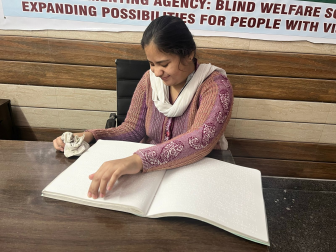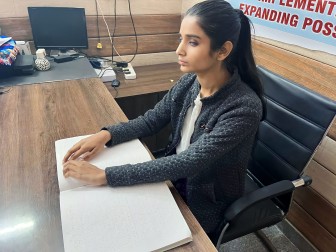In an increasingly interconnected world, building inclusive communities is more essential than ever. For individuals with visual impairments, accessibility is not just a matter of convenience but a fundamental aspect of achieving independence and full participation in society. By enhancing accessibility, we can create environments that are truly inclusive, ensuring that everyone has the opportunity to contribute and thrive.
To build inclusive communities, it’s crucial to first understand the specific needs of visually impaired individuals. These needs can vary widely, from those who are completely blind to those with partial sight. Accessibility solutions should address these diverse requirements and ensure that barriers are removed across all aspects of daily life.
One of the most visible aspects of accessibility is the physical environment. For visually impaired individuals, this includes features such as:
Technology plays a significant role in enhancing accessibility for the visually impaired. Key technological advancements include:
Building inclusive communities also involves ensuring equal opportunities in education and employment for visually impaired individuals. This can be achieved through:
Creating an inclusive community requires ongoing engagement and awareness efforts:
Accessible transportation and navigation are critical for fostering independence:
Partnerships between community organizations, government agencies, and advocacy groups are vital for advancing accessibility:
Building inclusive communities is a collective responsibility that requires commitment, innovation, and empathy. By enhancing accessibility for the visually impaired, we not only remove barriers but also enrich our communities by embracing diversity and fostering equal opportunities. Through thoughtful design, technological advancements, and community engagement, we can create environments where every individual, regardless of their visual ability, can participate fully and contribute meaningfully.
As we work towards a more inclusive future, let us remember that accessibility is not just about accommodating differences but about recognizing and valuing the unique contributions of every individual. Together, we can build communities that are truly inclusive and supportive for all.
By contributing to our feature donation campaigns, you are not just supporting us,
you are fostering independence, education, and accessibility for the people with blindness.
We are providing free shelter, food and educational support to the abandoned visually impaired girls residing at BWS.
₹1146562
raised of ₹2000000 Goal
57%
2 Days left
573 Supporters
Maa and Papa weren’t the happiest when I was born. They thought I was a burden to them.
₹768833
raised of ₹2000000 Goal
38%
2 Days left
589 Supporters
The Walking Canes have proved a useful tool to millions of blind people in navigating their environments with confidence and ease.
At our organization, we provide a nurturing environment for visually impaired girls, helping them lead fulfilling lives despite their challenges.
The following stories highlight the transformative journey of these remarkable individuals within our organization.

Hailing from Delhi, Sneha came to Blind Welfare Society in July 2023.
.jpeg)
Hailing from a small village of Gwalior district, Madhya Pradesh, Archana came to Blind Welfare Society in July 2023

Chhavi’s journey is a testament to the transformative power of education and the invaluable support provided by the Blind Welfare Society.